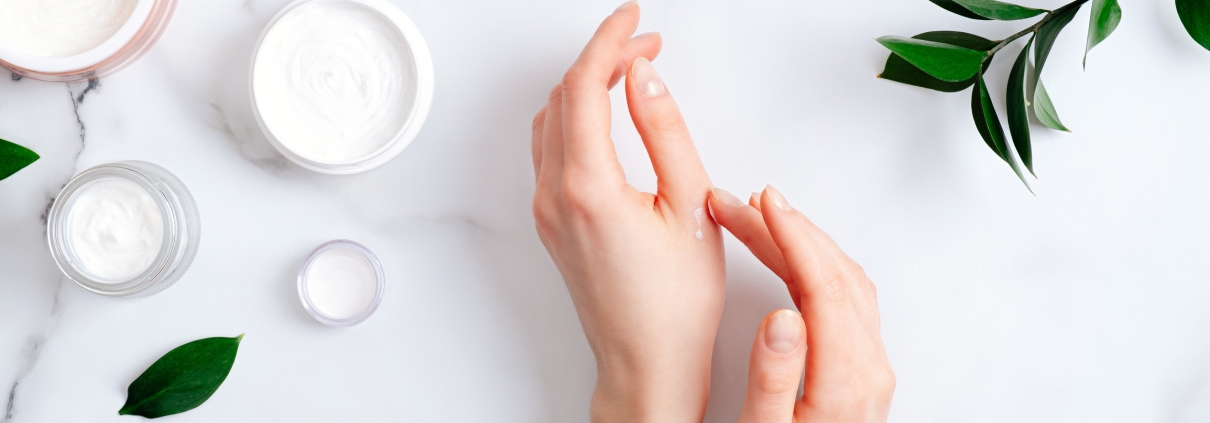Nail Hygiene
Nail hygiene is an essential part of personal health and wellness, impacting not only appearance but also overall health. Clean and well-maintained nails help prevent infections and contribute to positive self-image, while neglecting nail hygiene can lead to various issues, including bacterial and fungal infections. In this article, we’ll cover the importance of nail hygiene, daily practices for keeping nails clean, and signs of potential nail problems that warrant medical attention.
Why Nail Hygiene Matters
Nails serve more than just an aesthetic purpose; they protect sensitive skin under and around them, help us perform tasks, and are a good indicator of overall health. Dirty or unkempt nails can harbor bacteria, fungi, and dirt, which can lead to infections, not only around the nails but also in other parts of the body when germs are transferred. For example, nail infections can result from minor cuts or broken skin near nails, and if not treated, can turn into more serious infections.
Furthermore, nail hygiene contributes to preventing the spread of pathogens. This is especially crucial in healthcare settings or occupations that involve food handling, as poor nail hygiene can easily transfer harmful bacteria or viruses to others.
The Anatomy of a Nail
Understanding nail structure helps us to better care for it. A fingernail or toenail has several parts:
- Nail plate: The visible, hard part of the nail.
- Nail bed: The skin beneath the nail plate.
- Cuticle: The thin layer of skin that grows from the base of the nail, protecting it from infection.
- Lunula: The half-moon shape at the base of the nail, typically white or pale.
- Nail folds: Skin that frames each nail.
Each part plays a role in nail health, and proper care involves paying attention to each area to prevent issues like hangnails, cuticle infections, or nail bed trauma.
Basic Nail Hygiene Practices
Here are some simple and effective habits for maintaining healthy, clean nails:
1. Regular Trimming
- Trim nails regularly to keep them short, which reduces the chance of dirt and bacteria accumulating under the nails.
- Use a sharp nail clipper and cut nails straight across. For toenails, this helps prevent ingrown nails.
- For fingernails, a slight curve at the corners can help avoid snagging.
2. Cleaning Under the Nails
- Keep the undersides of nails clean to remove any dirt, debris, or bacteria.
- Use a soft nail brush and warm, soapy water to gently scrub under the nails, especially after gardening or other activities where dirt can accumulate.
- Avoid using sharp objects to clean under nails, as they can damage the nail bed and create entry points for infection.
3. Moisturizing
- Just like the skin, nails and cuticles need moisture to stay healthy.
- Use hand creams or oils that can penetrate the cuticles and nails, preventing dryness and brittleness. Dry nails are more prone to splitting and breaking, which can lead to infection.
4. Cuticle Care
- The cuticle is a natural barrier to infection, so avoid cutting or pushing it back too aggressively.
- Instead, gently push the cuticle back with a soft cuticle pusher after a warm shower or bath.
- If needed, trim hangnails with sanitized scissors to prevent painful tears and potential infections.
5. Avoid Biting or Picking at Nails
- Nail biting not only makes nails look uneven and ragged but also introduces bacteria into the mouth and can lead to nail infections.
- Consider using bitter-tasting nail polish or stress-relieving techniques if nail-biting is an issue.
6. Protect Nails from Harsh Chemicals
- If your hands are frequently exposed to harsh chemicals, such as cleaning products, wear gloves to protect your nails.
- Certain chemicals can weaken nails and cause them to break or peel. Gloves provide an effective barrier, helping keep nails strong and healthy.





